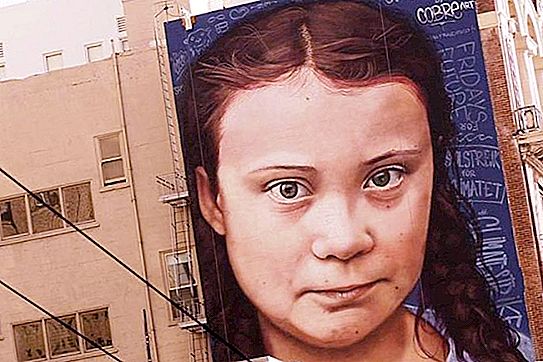Closer to the middle of the 10th century, the state of Karakhanids emerged on the territory of Kashgaria as a result of the merger of numerous Turkic tribes. This association was more military than political. Therefore, dynastic wars for territory and power were not alien to him. The state got its name thanks to the name of one of its founders - Kara-Khan.
The history of the Khanate is short, but saturated. Unfortunately, to date, researchers can only judge it by the annals of the Arab and Turkic representatives of the culture of that time. It has not left behind historical traditions or other elements.
State formation
Until 940, the Karluks dominated the territory of the Seven Rivers. Their kaganate occupied vast territories, they intervened in international strife and started their wars. But in 940, their power fell under the onslaught of Kashgar. The capital of Balasagun was captured by the Turks, numerous tribes smashed the remains of the army. After 2 years, power goes to a new dynasty, so the emergence of the state of the Karakhanids begins.
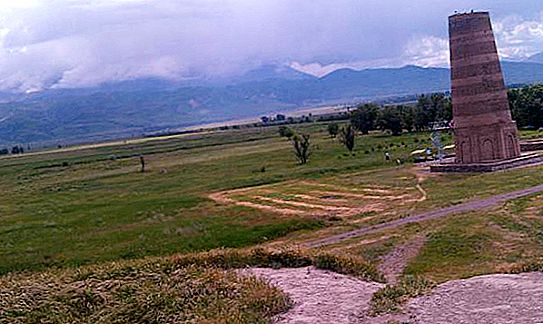
Later, in the 10th century, Karluks are divided into branches. But each of them subsequently accepts Islam and dissolves among the local population. Incidentally, it receives the common name "Turkmens". After the capture of Balasagun, Satuk Bogra-Khan Abdulkerim takes power. He immediately accepts Islam and the title, obtained, of course, illegally.
Until 990, the rulers of the khanate conquered neighboring cities. They join Taras and Ispidzhab. Later, the conquerors take power in the Khanate of the Samanids. So by the year 1000, the territory of the state is being formed. Subsequently, it will be supplemented, but significant extensions are not observed.
The founder of the state
In 940, almost complete destruction of the Karluk Haganate takes place. At this time, Satuk Bogra Khan receives the support of the Samanids, thanks to which he manages to overthrow his uncle Ogulchak. Subsequently, he subordinates Kashgar and Taraz.
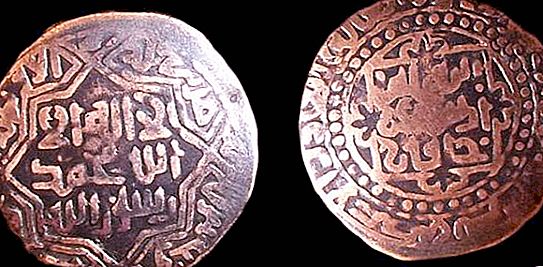
In 942, Satug overthrows the power of Balasagun and receives the title of ruler of the state of the Karakhanids. He is the founder of the Khanate. And from that time the history of the Karakhanid state begins.
Bogra Khan manages to expand the territory of the Khanate from Muverannahr to Kashgar and Semirechye. However, subsequent rulers of the state were not so strong. After the death of the ancestor, in 955, a split occurs and the central government gradually and systematically loses its authority.
Rulers
Very little is known about the rulers of the khanate. Historians know only who his ancestor was. The annals also preserved the names of some other khans.
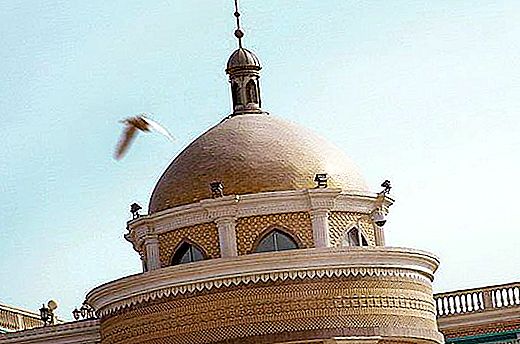
The Karakhanid state had two main rulers. The western kagan is under the rule of Bogra Kara-kagan, the eastern - Arslan Kara-khan. The first was much smaller in its territories, but here it was possible to hold power longer. The eastern kagan quickly disintegrated into small plots of land.
In 1030, Ibrahim ibn Nasr became ruler. Under him, the state falls into two parts. After 11 years, both khanates passed into the hands of the Karakites.
State development
A unique feature of the khanate is that it was not united and united. It consisted of many destinies. Their native contemporaries are federations in Russia or states in the USA. Each inheritance had its own ruler. He was taxed with great power. He even had the opportunity to mint his own coins.
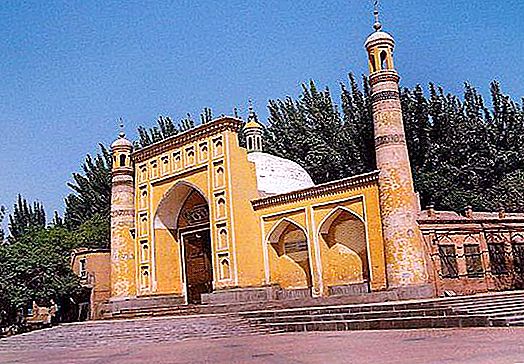
In 960, the heir to the founder of the state converted to Islam. Then the era of writing begins. It is built on the basis of Arabic characters. From this moment begins the cultural development of the Khanate. However, the central government no longer represents the force that was previously. It gradually disintegrates until it falls into final decline.
The capital of the Karakhanid state was postponed several times due to the rapid change in central authority. But most of the history of the Khanate was located in the city of Balasagun.
Area in its heyday
The basic composition of the lands is finally formed by the end of the 10th century. The territory of the state of the Karakhanids extends from the Amu Darya and Syr Darya to Zhetysu and Kashgar.
The boundaries of the Khanate are as follows:
- In the north - with the Kypchat Khanate.
- In the northeast - with lakes Alakol and Balkhash.
- In the east - with the possessions of the Uyghur tribes.
- In the west - with southern Turkmenistan and the lower reaches of the Amu Darya.
The western borders did not expand, as the Karakhanids met resistance from the Seljuks and Khorezmshahs. Subsequent attempts to enlarge the territories were unsuccessful.
Power
The rulers of the state of the Karakhanids were able to bring it to a new stage of development. Turkic tribes gradually began to lead a sedentary lifestyle. Settlements and cities were built, the economy and culture developed.
The head of state was the khan (in some sources, the khakan). Administrative management was carried out, respectively, from the palace of the ruler, called "hordes".
The khan had courtiers and assistants:
- Tapucci (top and bottom officials).
- Viziers (advisers on various issues).
- Kaput Bashi (chiefs of the guard).
- Bitikchi (secretaries).
Most often, representatives of the nobility were appointed to the posts. And naturally, all of them were not far from the system of power. If desired, everyone could have an impact on the khan in order to persuade him to adopt a particular law, unleash or end the war, take a closer look at some individual communities, and so on.
For state or military service, as well as for some other services rendered to the Khanate or directly to the ruler, people were awarded Lennas. They represented land plots that could be used at one’s own discretion (to sow, hand over to lower ranks of workers, sell, give away). These territories were inherited.
Politic system
The political system of the khanate was fully consistent with the institution of commandment. The state of the Karakhanids represented many communities and settlements. Landowners or small artisans transferred themselves and their property under the protection of more powerful people. So at least they could choose their ruler and avoid feudal lawlessness. Despite the fact that the central government strictly monitored the behavior of officials, they still managed to oppress the population with taxes and other unlawful acts.
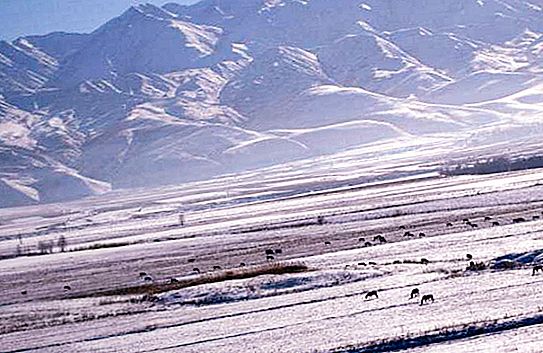
In the agricultural districts, the Samanid policy was preserved. That is, there were city or village heads through whom rule was carried out.
The situation with nomadic regions was somewhat more complicated. The central authority could exercise control only through tribal elders, who, like the khan, had their own palaces. They were very influential, and it was virtually impossible to keep nomadic tribes under control.
The top clergy felt best of all. Besides the fact that she owned lands granted by the khan, some territories were transferred to her as a gift. By the way, the latest types of plots were not taxed.
Ikta and Iktadars
The state of the Karakhanids was based on a military-military system of government. The khans granted their assistants or relatives the right to collect taxes from the population in a certain territory. They bore the name "ikta", their owners - "iktadars." However, it cannot be argued that these rights were unlimited.
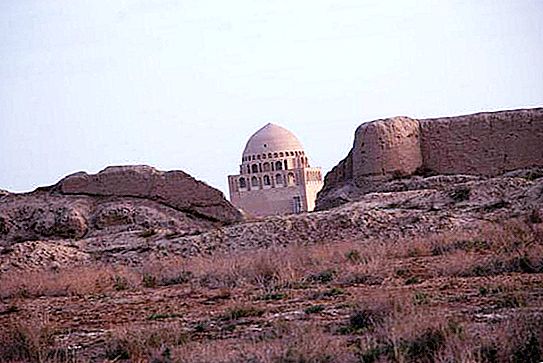
The activities of the iktadars were regulated. Craftsmen and peasants living on the territory of the ikta did not at all pass into slavery. They could go about their business, earn money, cultivate land, and so on. But at the request of their iktadar, they needed to go to military service. The holder of rights was not excluded, the khan expected to see him as part of his army.
Thanks to the iktadars, it was possible to strengthen the power of the ruler and his entourage. With the help of taxes, the khan received funding. The share of the crop was transferred to the maintenance of the army. Money was mainly spent on conquering purposes, because at that time greatness was measured in the number of territories.

